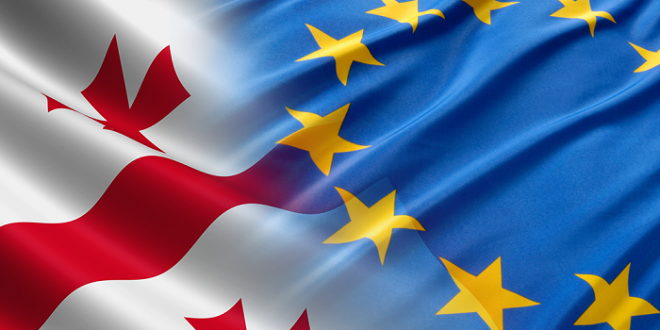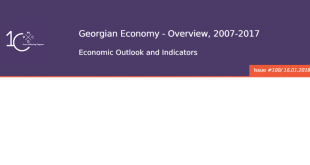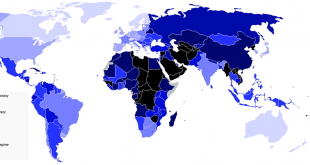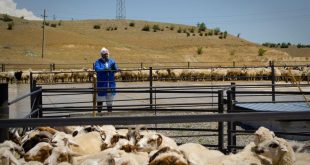The EU and Georgia signed an Association Agreement on 27 June 2014. It has entered into force since 1 July 2016. The agreement introduces a preferential trade regime – the Deep and Comprehensive Free Trade Area (DCFTA). This regime increases market access between the EU and Georgia based on having better-matched regulations.
In order to be granted EU market entry, Georgian agriculture products will need to fulfill food safety requirements. Low risk food (e.g. various fruit and groceries) are simpler to enter the EU market, as opposed to high risk (e.g. meat and dairy) food. Processed and high risk food export requires three primary requirements to be fulfilled by Georgia:
- Product ingredients need to be in line with European Union requirements;
- Exporter will need to have information on both the full chain of production, as well as on all relevant laboratory tests needed to establish safety of their products.
- A system similar to the existing control mechanisms in the EU (inspection, supervision, monitoring etc.) will need to be implemented in Georgia.
In order to fulfill these requirements it is necessary to initiate legal and institutional approximation of the country to the EU, as per the DCFTA. 6 months after the DCFTA entered into force, Georgia presented the European Union with a regulations approximation program divided into prioritized fields. Procedures for defining individual arrangements or equivalency of arrangement groups for sectors, subsectors, goods or goods groups can be conducted for exporting to the EU. The equivalency procedure enabled the Government not to wait for the completion of the legal process and request equivalency for prioritized sectors.
For example, when exporting fish to the EU:
- Fish in Georgia will be evaluated for diseases through documental or inspection means; fish producers and control systems’ efficiency will be inspected; fish ingredients will be evaluated for compliance with EU regulations; the efficiency of the National Food Agency’s fish producer inspections will be evaluated;
- Results of the evaluation conducted by the aforementioned agency will be taken into account;
- Prior to the start of the equivalency recognition process, the Government will need to approximate Georgia’s legislature to active fish-related regulations active in the EU.
Following are the primary steps required in order to export high-risk goods to the European Union:
- Step 1 – Registering and validating the Food Manufacturer;
- Step 2 – Equipping the manufacturer in compliance with general hygiene rules;
- Step 3 – Facilitating a system of traceability based on the HACCP principles;
- Step 4 – Government-initiated legislative approximation of Georgia to the EU, within the realities of the country at the time;
- Step 5 – Government-initiated facilitation of a control system analogous to that of the EU;
- Step 6 – Manufacturers producing goods in accordance with EU regulations;
- Step 7 – Based on the evaluation of the National Food Agency, issuing a positive conclusion on the product’s accordance with Georgian legislation;
- Step 8 – Government-initiated request to define equivalency for a sector or specific product;
- Step 9 – EU begins equivalency study 3 months after receiving request;
- Step 10 – EU issues affirmative or negative decision on the product’s export to the EU market no later than 360 days after receiving equivalency request.
Notably, manufacturers may individually acquire rights to export high risk food in the EU (without waiting for full sector equivalency recognition), if:
- The manufacturer fulfills EU requirements of processed food safety and health;
- The manufacturer will be built per EU requirements;
- The National Food Agency facilitates a list of such manufacturers and provides the EU with guarantees that these companies fulfill health and safety requirements in the EU.
Recognition of equivalency provides the manufacturer with means to export certain produce on the EU market, while also simplifying physical border checks and pre-selling procedures.
***
The source of the article is dcfta.gov.ge
Copyright on the material is protected. In case of it’s full or partial publication, please indicate at it’s beginning – “Source: business.org.ge”
 business.org.ge Portal for Entrepreneurs
business.org.ge Portal for Entrepreneurs






